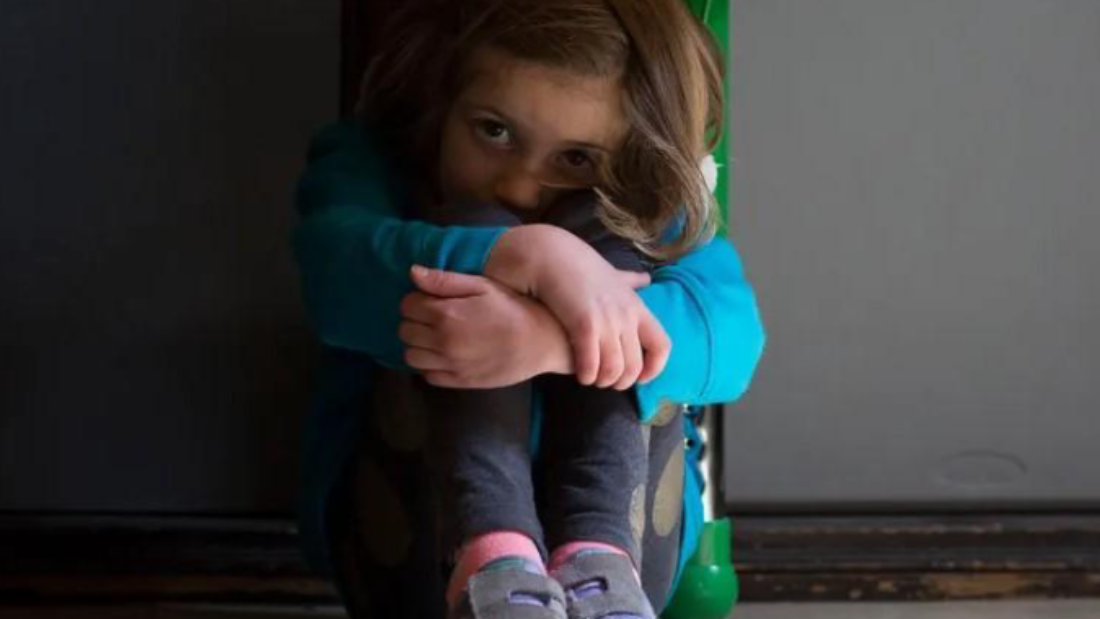In today’s challenging times, it has become increasingly important for parents to address difficult topics with their children while maintaining a safe and nurturing environment. One such topic is active shooter drills at school. Although necessary for safety preparedness, discussing these drills with children requires sensitivity to avoid causing fear or anxiety. This post aims to provide parents with valuable insights and practical tips to approach this conversation calmly and effectively.
- Understand their age and maturity level:
The very first step in discussing active shooter drills is to consider the age and maturity level of your child. Younger children may struggle to grasp the concept of such drills, while older ones may require more in-depth explanations. Tailor your approach accordingly to ensure your child understands the information without feeling overwhelmed.
- Start the conversation:
Initiate the conversation by asking your children what they already know or have heard about active shooter drills. This creates an open dialogue and allows parents to correct any misconceptions. Focus on creating a safe space for them to ask questions and express their feelings without judgment.
- Use age-appropriate language:
When explaining active shooter drills, make sure your language is appropriate for your child’s age. Stick to simple explanations devoid of graphic details, emphasizing that the drills are part of a safety routine. Assure them that the teachers and other adults are trained to protect them in emergencies and reinforce the importance of following instructions during drills.
- Validate emotions:
Acknowledge and validate any fears or concerns your child expresses. It is natural for children to feel anxious or scared about active shooter drills or the topic in general. Assure them that their feelings are valid and that you are always there to support and protect them. Reiterate that these drills are a precautionary measure to keep everyone safe.
- Promose empowerment and resilience:
The conversation should also focus on empowering your child with resilience. Discuss emergency procedures and make sure they know their role in staying safe during drills. Teach them easy-to-remember safety tips, such as finding a safe place to hide or staying quiet. Reassure them that practicing these drills helps everyone be more prepared for emergencies, ensuring their safety.
Discussing active shooter drills with your children is undoubtedly challenging; however, it is a paramount responsibility in today’s world. By utilizing age-appropriate language, providing reassurance, and promoting empowerment, parents can effectively address this topic while minimizing stress and anxiety. Remember, open and honest communication coupled with a loving and supportive environment can empower children to navigate emergency situations with preparedness and resilience.


Leave A Comment